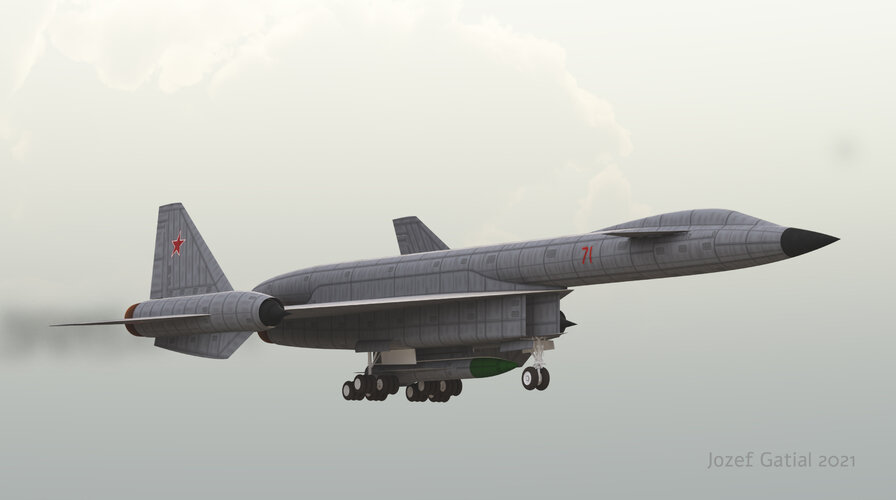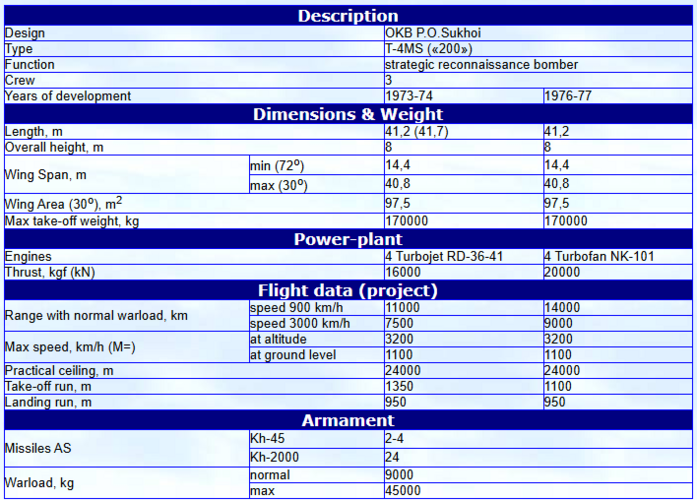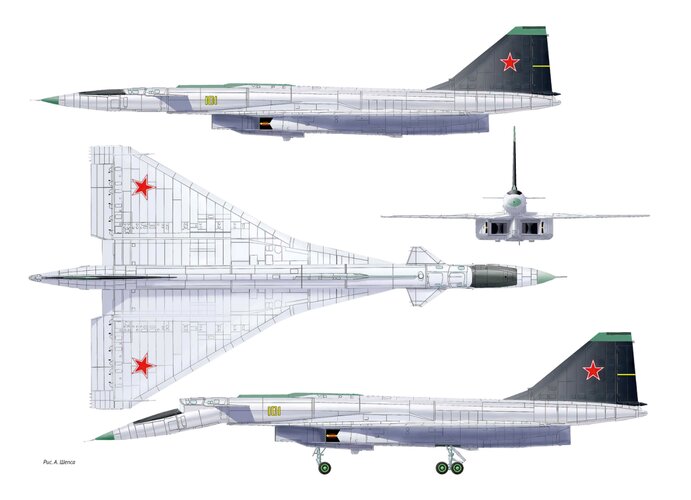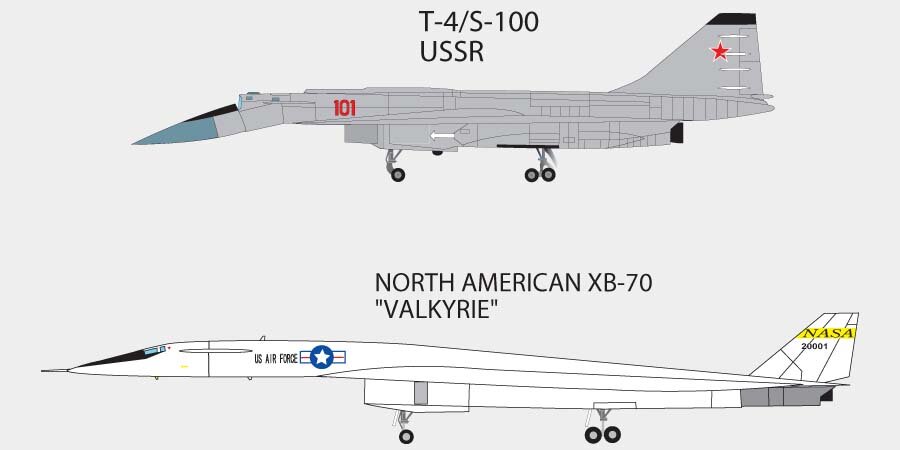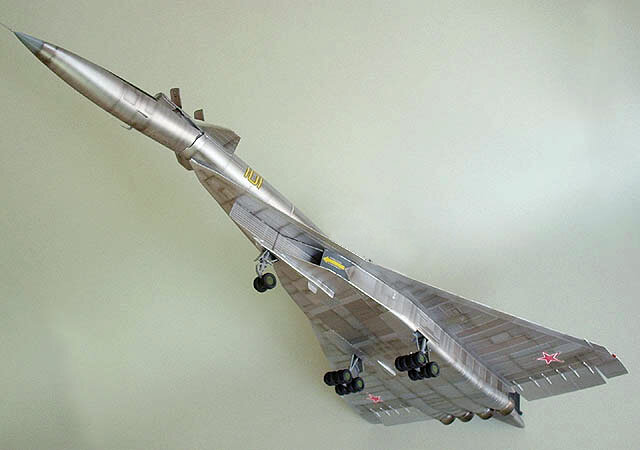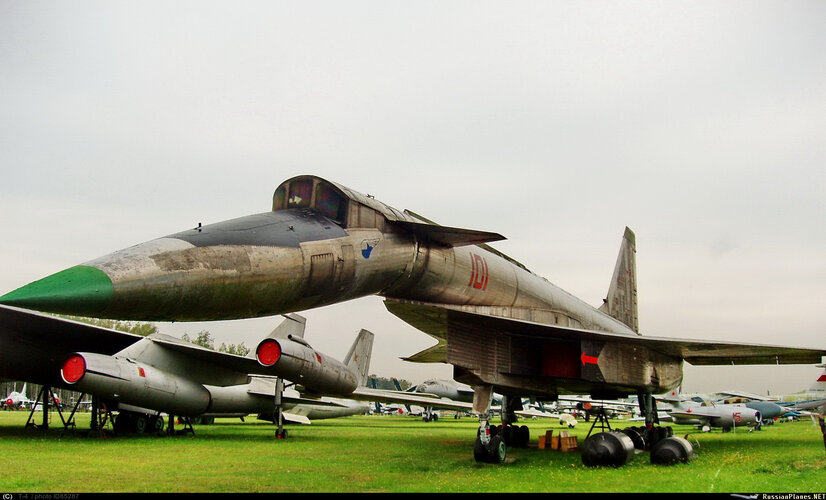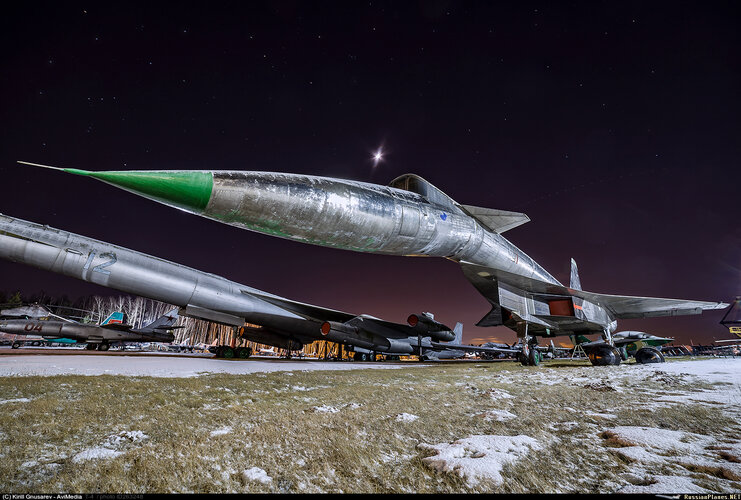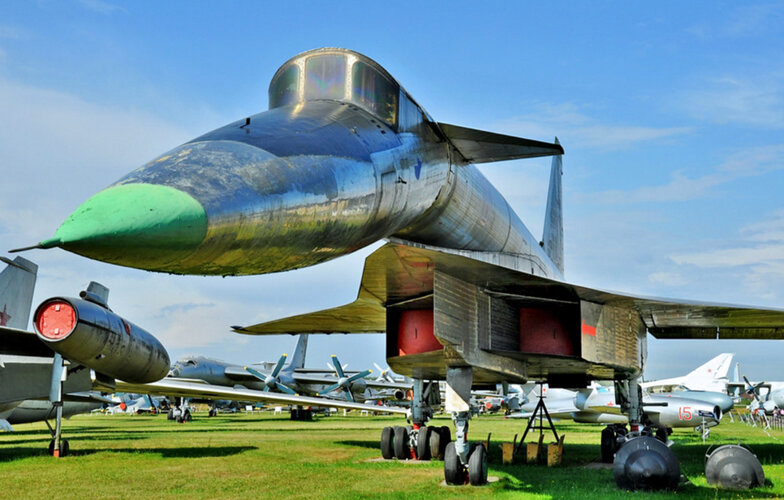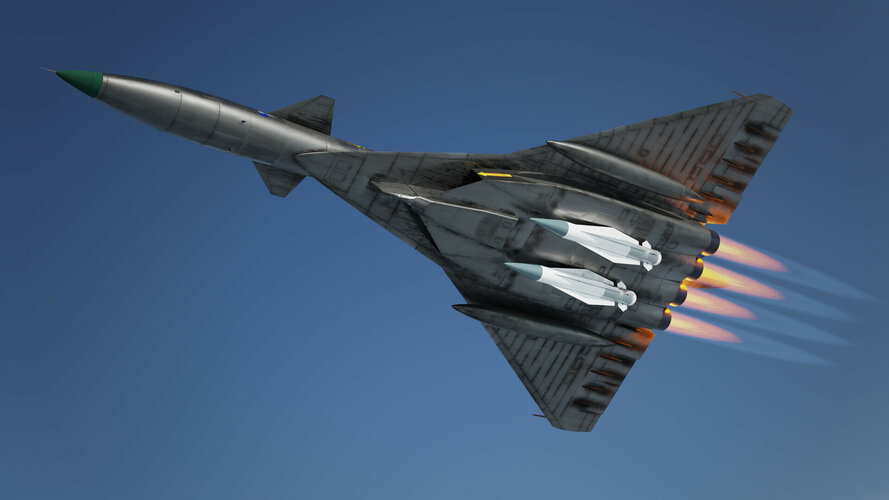You are using an out of date browser. It may not display this or other websites correctly.
You should upgrade or use an alternative browser.
You should upgrade or use an alternative browser.
Sukhoi T-4/T-4M/T-4MS bombers
- Thread starter elider
- Start date
Breath-taking artwork, as always.and last one
I readily second that opinion !
- Joined
- 1 April 2006
- Messages
- 11,364
- Reaction score
- 10,149
via Andrey Khomich

 zen.yandex.ru
zen.yandex.ru

 zen.yandex.ru
zen.yandex.ru

 zen.yandex.ru
zen.yandex.ru
View: https://www.youtube.com/watch?v=1qGufJ5KkZM
Почему отвалился нос у знаменитого самолёта Т-4 «Сотка»?
Разбираемся, как и почему это произошло
Как сейчас выглядит кабина легендарного самолёта Т-4 «Сотка»
Я продолжаю свою серию статей про самолёт Т-4 «изделие 100». Я уже рассказал про историю с отвалившимся в 1994 году носовым обтекателем и показал внутренность мотогондолы самолёта. Сегодня речь пойдёт о самом интересном ‒ о кабине экипажа. Экипаж самолёта Т-4 помещался в кабине, разделённой на...
Кто и когда разграбил кабину легендарного самолёта Т-4 «Сотка»?
Как и обещал ранее, я обращаюсь к вопросу, кто и когда разукомплектовал кабину Т-4, представленного в монинском музее ВВС. Напомню, сейчас кабина самолёта выглядит так: По сети давно гуляет версия, что Т-4 передали в музей с полностью комплектной кабиной, но в 1990-е годы некие злоумышленники её...
- Joined
- 13 May 2006
- Messages
- 1,039
- Reaction score
- 948
ly112358
ACCESS: Restricted
- Joined
- 19 August 2021
- Messages
- 13
- Reaction score
- 59
Hi! T-4 design in 1966.
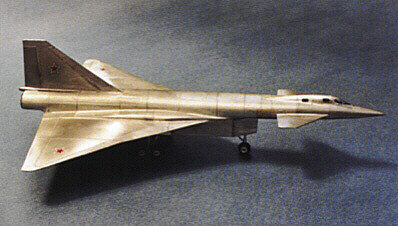
From Bing cache of this lost page:https://www.suchoj.com/ab1953/T-4+(K-2)/images/T-4_(K-2)_02.jpg
It seems that the undercarrige occupied most of inlet space, according to the photo given, how does the engine work I wonder?
View: https://twitter.com/DnKornev/status/1281770512989945858/photo/1
View: https://twitter.com/DnKornev/status/1281770512989945858/photo/1
The internal layout of the T-4 engine section can be seen in the attached pictures. I'm not an aeronautical engineer, but as a layman this layout reminds me very much of the layout used a few years earlier on the NAA XB-70...
The pictures are from: "Ударно-разведытельный самолёт Т-4" by Ильдар Бедретдинов

The pictures are from: "Ударно-разведытельный самолёт Т-4" by Ильдар Бедретдинов
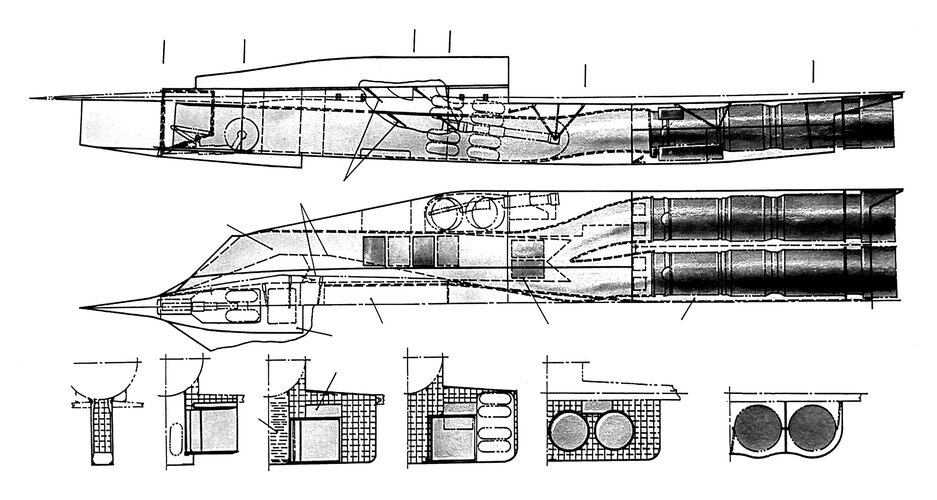
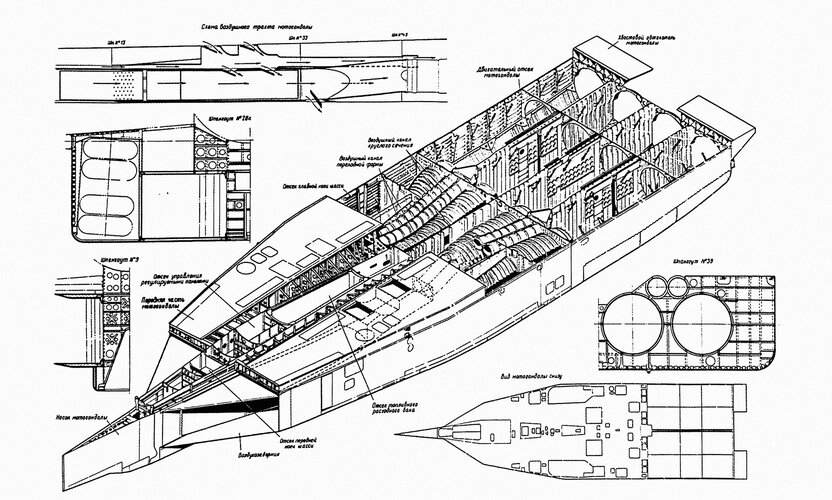
Last edited by a moderator:
Forest Green
ACCESS: Above Top Secret
- Joined
- 11 June 2019
- Messages
- 9,415
- Reaction score
- 17,153
Forest Green
ACCESS: Above Top Secret
- Joined
- 11 June 2019
- Messages
- 9,415
- Reaction score
- 17,153
Kh-30? Not Kh-45?It seems that the undercarrige occupied most of inlet space, according to the photo given, how does the engine work I wonder?
View: https://twitter.com/DnKornev/status/1281770512989945858/photo/1
Phantom Fanatic
the ATF program was truly great
- Joined
- 27 October 2022
- Messages
- 79
- Reaction score
- 101
Here’s another video on the T-4MS.
View: https://youtu.be/R80KVgTkHwU?si=xRGoNokG8e55-xFj
- Joined
- 22 January 2006
- Messages
- 4,206
- Reaction score
- 2,001
Kh-45 was the T-4MS weapon. I have found no designation for the T-4's missile at Soviet Secret Projects by Buttler&Gordon. So Kh-30 could be the right one.Kh-30? Not Kh-45?
Last edited:
- Joined
- 22 January 2006
- Messages
- 4,206
- Reaction score
- 2,001
- Joined
- 27 December 2005
- Messages
- 17,711
- Reaction score
- 26,159
X-30
In 1961, the P.O. Sukhoi Design Bureau proposed a project for the K-30 strike aircraft missile system with missiles of various types. In a letter from the Chairman of the GKAT P.V. Dementiev dated January 27, 1962 to the Deputy Chairman of the Council of Ministers D.F. Ustinov, containing the PSM project, it was indicated that the K-30 system should have included the T-4 carrier and the Kh-30 and X -31. The flight range of the KR X-30 was set to 400-500 km, and the X-31 - 1500-2000 km.
The main developers were appointed: - the T-4 aircraft and for the K-30 system as a whole - OKB-51 (P.O. Sukhoi), - the engine - OKB-117 (S.P. Izotov) and OKB-165 (A.M. Lyulka); - KR X-30 - OKB-51, - KR X-31 and aviation ballistic missile (ABM) KhB-32 - plant named after. Lavochkin (M.M. Pashinin). Under the leadership of N.S. Chernyakov, the Sukhoi Design Bureau was developing two versions of the X-30 anti-ship missiles with different tails. A model was made on a scale of 1:12.5, which was blown in the TsAGI T-113 wind tunnel.
To carry out its combat mission, the X-30 missile had to have high speed and the ability to operate autonomously over a long period of flight. From this it was clear that the rocket’s speed should be at least 3000 km/h, and it should have an inertial navigation system on board, as well as be able to independently select a target.
Work on the X-30 rocket was carried out until 1963, after which work on it was closed. On July 2, 1963, P.O. Sukhoi sent P.V. Dementyev the results of the OKB’s studies on the X-34 ADB. The reserves for the X-30 missile were used in the development of the X-33 missile, which was started in the same 1963.
Scott Kenny
ACCESS: USAP
- Joined
- 15 May 2023
- Messages
- 11,416
- Reaction score
- 13,907
Combined response:Two very rare pictures of the T-4’s cockpit from a historical video. What are the two levels behind the throttle levers for?
Unlikely to be flaps, that would have a flat handle, not a round one. Helps for moving controls without looking when flaps feel like a flap and gear feels like a wheel.Oh yes probably. I’m guessing those would be flaps and trim?
I'd lean towards convergent evolution, not deliberate copying. Russian engineers are good.The internal layout of the T-4 engine section can be seen in the attached pictures. I'm not an aeronautical engineer, but as a layman this layout reminds me very much of the layout used a few years earlier on the NAA XB-70...
The pictures are from: "Ударно-разведытельный самолёт Т-4" by Ильдар БедретдиновView attachment 686745View attachment 686746
kammegs
Martin Mars Enjoyer
- Joined
- 2 November 2024
- Messages
- 6
- Reaction score
- 17
blackkite
Don't laugh, don't cry, don't even curse, but.....
- Joined
- 31 May 2007
- Messages
- 8,807
- Reaction score
- 7,680
Hi!

 warhistory.org
warhistory.org

Sukhoi T-4 Sokta - War History
As with most significant military developments during the Cold War, the XB-70A was Matched by a Soviet counterpart. In this case it was the Sukhoi...
Attachments
Last edited:
blackkite
Don't laugh, don't cry, don't even curse, but.....
- Joined
- 31 May 2007
- Messages
- 8,807
- Reaction score
- 7,680
blackkite
Don't laugh, don't cry, don't even curse, but.....
- Joined
- 31 May 2007
- Messages
- 8,807
- Reaction score
- 7,680

Сухой Т-4 («изделие 100») Сотка
На всем протяжении послевоенной истории СССР непрерывно пытался найти дешевое «противоядие» для борьбы с королями океанов – американскими атомными авианосцами. Советские «асимметричные» решения пред…
Attachments
-
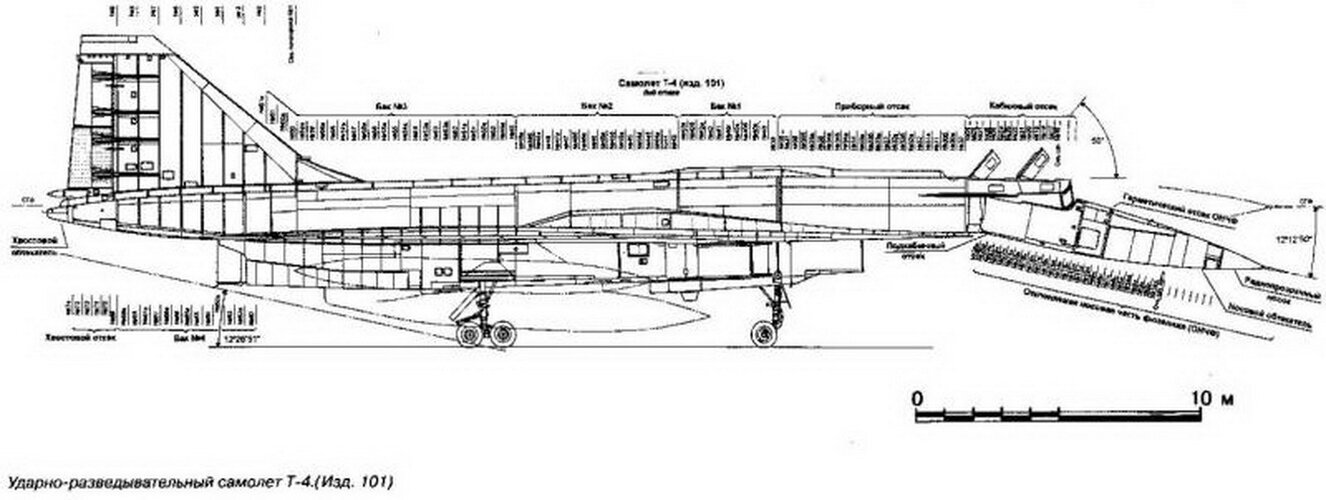 6ab0445s-1920.jpg181.4 KB · Views: 45
6ab0445s-1920.jpg181.4 KB · Views: 45 -
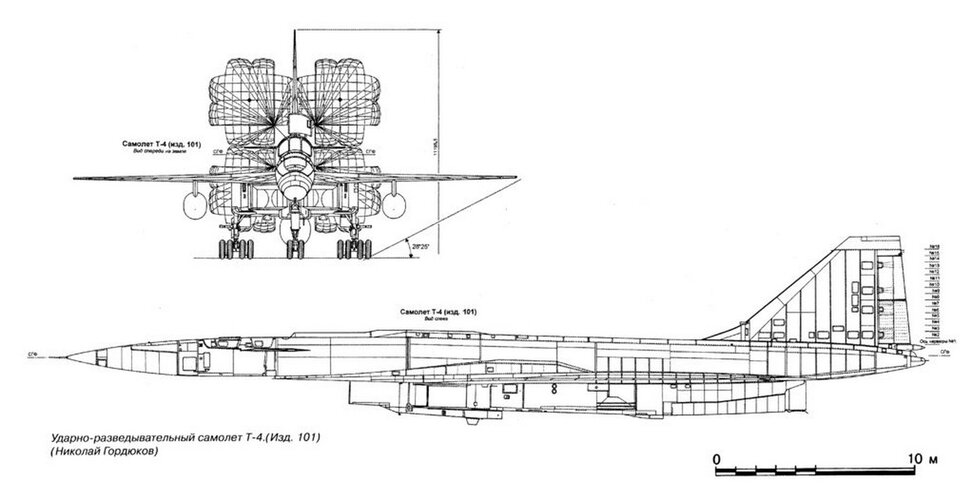 32b0445s-1920.jpg152.5 KB · Views: 44
32b0445s-1920.jpg152.5 KB · Views: 44 -
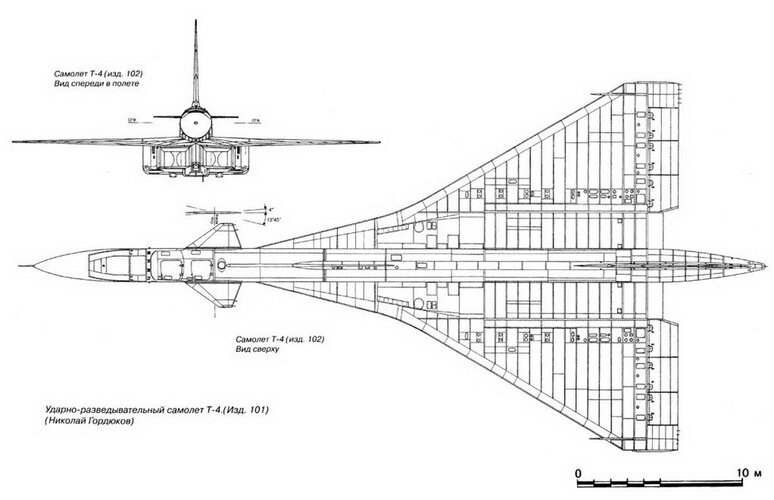 52b0445s-1920.jpg202.1 KB · Views: 43
52b0445s-1920.jpg202.1 KB · Views: 43 -
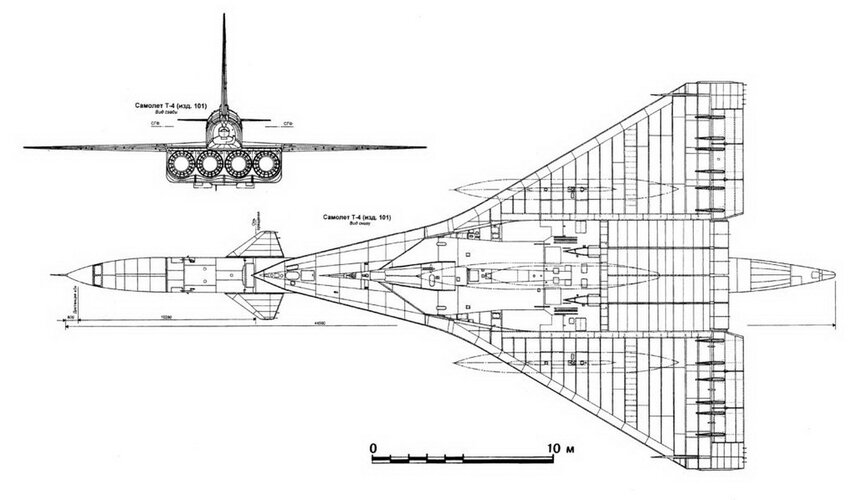 72b0445s-1920.jpg186.2 KB · Views: 45
72b0445s-1920.jpg186.2 KB · Views: 45 -
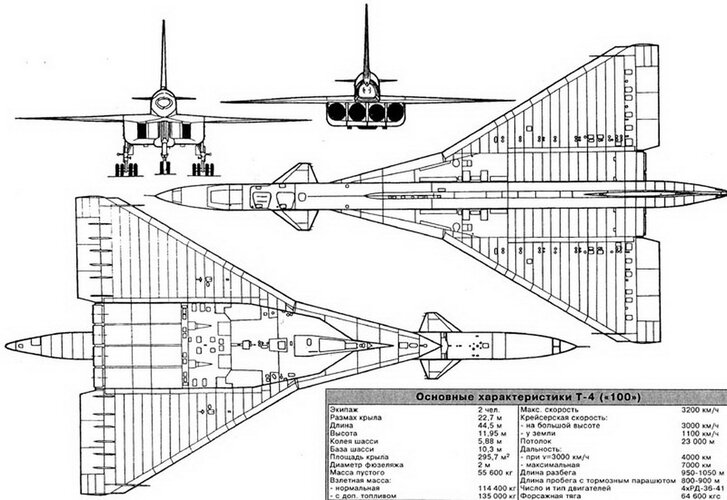 12b0445s-1920.jpg251.7 KB · Views: 52
12b0445s-1920.jpg251.7 KB · Views: 52 -
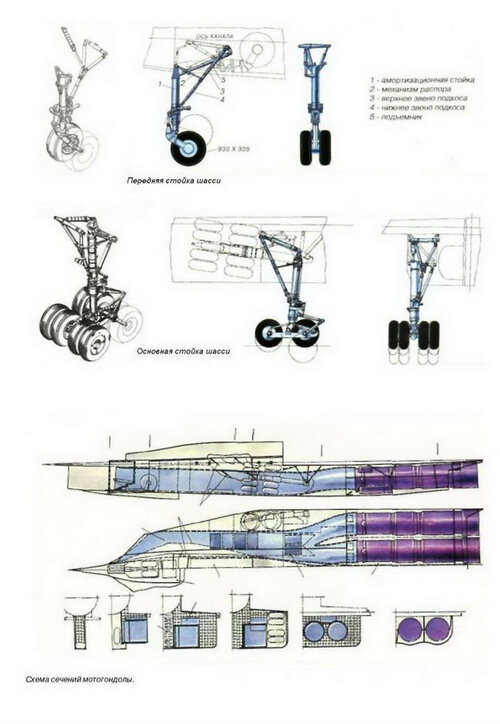 3ab0445s-1920.jpg283.1 KB · Views: 52
3ab0445s-1920.jpg283.1 KB · Views: 52 -
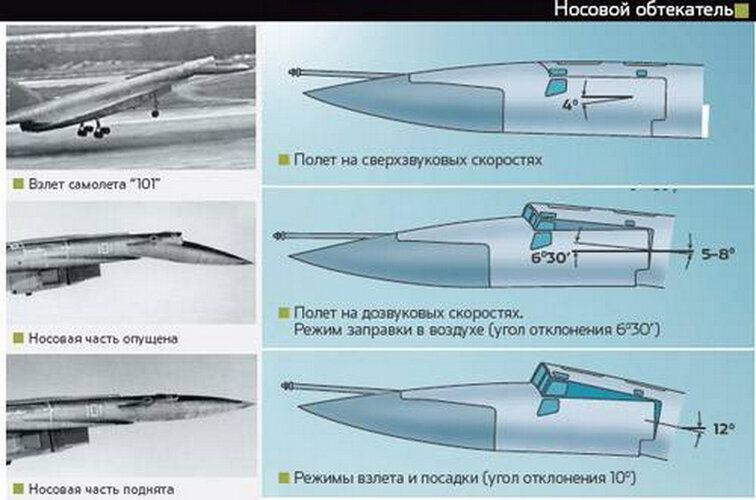 22b0445s-1920.jpg147.4 KB · Views: 50
22b0445s-1920.jpg147.4 KB · Views: 50 -
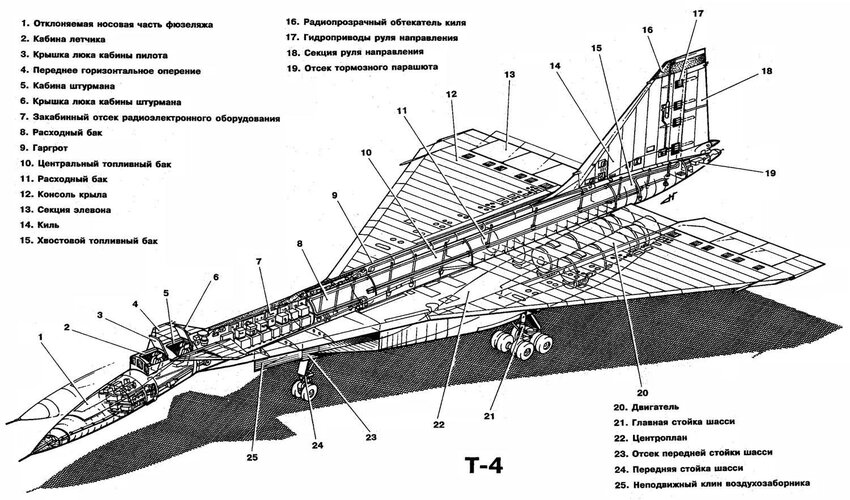 fcb0445s-1920.jpg388.1 KB · Views: 45
fcb0445s-1920.jpg388.1 KB · Views: 45
blackkite
Don't laugh, don't cry, don't even curse, but.....
- Joined
- 31 May 2007
- Messages
- 8,807
- Reaction score
- 7,680
Фотография самолёта · Сухой · Т-4 · 101 (зав.н. Изделие 101) · Россия (СССР) - МАП ✈ russianplanes.net ✈ наша авиация
Фотография самолёта. Разработчик: Сухой, модификация: Т-4, бортовой номер: 101, оператор: Россия (СССР) - МАП, место съёмки: Монино - ЦМ ВВС, фотограф: Алексей (c)
 russianplanes.net
russianplanes.net
Attachments
Last edited:
blackkite
Don't laugh, don't cry, don't even curse, but.....
- Joined
- 31 May 2007
- Messages
- 8,807
- Reaction score
- 7,680
blackkite
Don't laugh, don't cry, don't even curse, but.....
- Joined
- 31 May 2007
- Messages
- 8,807
- Reaction score
- 7,680
Similar threads
-
-
-
-
Soviet decoy missiles for bombers in Cold War (similar to the ADM-20 Quail) ??
- Started by Temistocle
- Replies: 15
-

